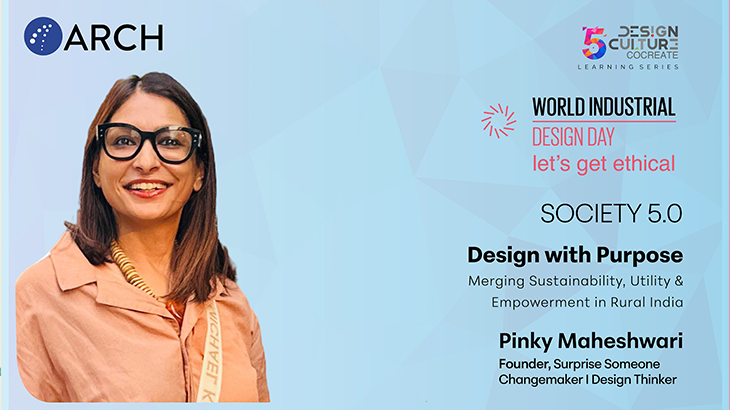Design today is evolving beyond surface appeal and trend cycles, moving toward something deeper: a practice rooted in purpose, impact, and social relevance. This shift was powerfully illustrated during our fifth edition of the Design Culture Learning Series, where renowned social entrepreneur, design thinker, and founder of Surprise Someone, Pinky Maheshwari shared her inspiring journey. The session explored how design goes beyond aesthetics to become a tool for social change, environmental responsibility, and ethical leadership.
This blog captures the session’s key insights on how the next generation of designers can and must approach their practice with greater purpose, from sustainable innovation to storytelling in design.
Begin with a purpose
Design is no longer confined to galleries, screens, or retail—it is stepping into communities, systems, and everyday lives. At its core, design is problem-solving. But increasingly, it’s about solving the right problems—those that are often overlooked or underserved. This approach requires designers to look beyond aesthetics and ask: Who am I designing for? What challenge does this solve? What impact will it leave? It often involves stepping outside the studio, observing human behavior, understanding diverse contexts, and listening deeply to the people we hope to serve.
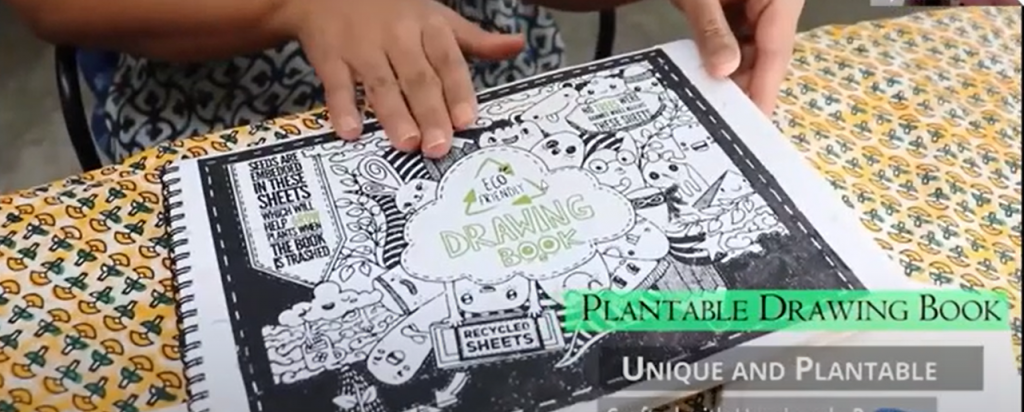
For Pinky Maheshwari, that purpose was twofold: to reduce environmental waste and to empower people, especially school students, with sustainable alternatives. Her journey into design wasn’t driven by commercial ambition but by a desire to solve real problems through everyday products. Pinky explained how her venture creates plantable products from notebooks and business cards to eco-friendly gift boxes and packaging—using 100% discarded textile/paper waste. These items not only avoid the use of tree-based paper but also carry the potential to grow into plants after use. It’s a powerful example of circular thinking, where the end of one product becomes the beginning of another.
Empowering Through Design
Design has the power not only to shape objects but also to transform lives and communities. When approached with empathy and intention, it becomes a powerful tool for empowerment, especially for groups often excluded from the mainstream economy or creative industries. It can offer livelihoods, skill development, and a renewed sense of purpose, turning design into a collaborative act rather than a solitary one.
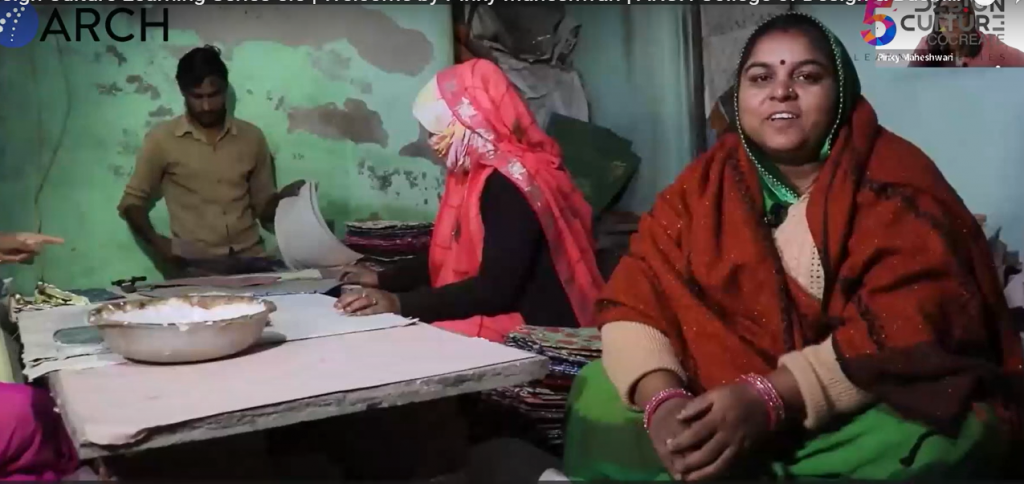
By visiting 139 villages across India, Pinky has unearthed both the needs and the immense creative potential in rural communities. Her message to young designers was clear: real innovation doesn’t always come from high-tech labs or urban studios. Sometimes, it’s born in villages, from constraints, and from lived experience.
Creativity Under Constraint
Constraints are often seen as limitations, but in design, they can become powerful catalysts for innovation. Whether it’s a lack of funding, limited materials, or restricted access to technology, these challenges often push designers to think more creatively, resourcefully, and sustainably.
Great ideas don’t always emerge from abundance. In fact, some of the most effective and meaningful solutions are born out of necessity, local ingenuity, and adaptive thinking. Pinky explained, for aspiring designers and entrepreneurs, especially in a country like India, this is a crucial insight.
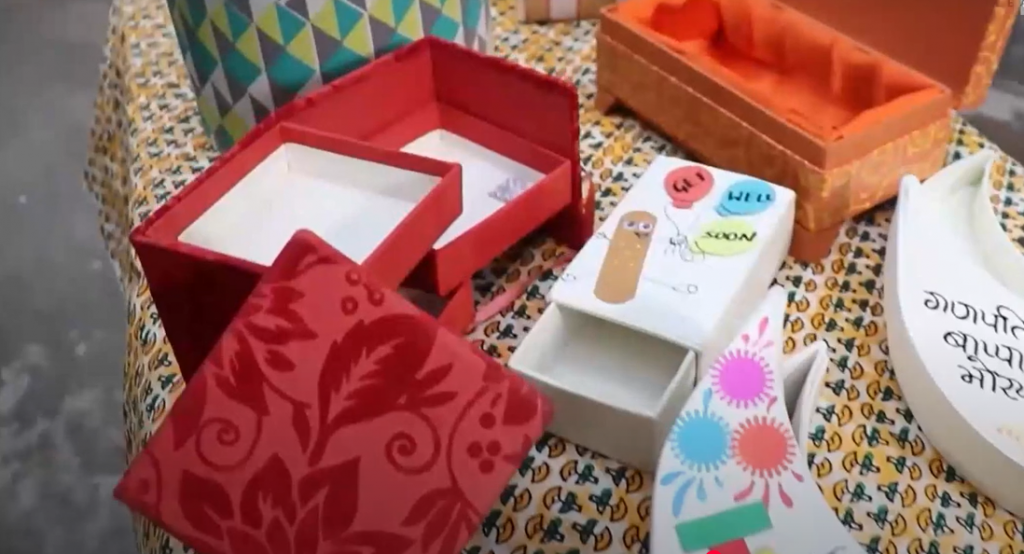
Limited resources forced her to think resourcefully: how to reduce shipping costs through compact packaging, how to educate customers about unfamiliar products, and how to build a supply chain using waste materials. Each challenge became an opportunity to do things differently—and often, better.
Why Storytelling Matters in Design
A strong story connects people to the purpose behind the design. Referencing Simon Sinek’s “Start with Why,” the speaker encouraged leading with purpose to explain not just what a product is, but why it exists. This “why” creates resonance—it builds trust, sparks curiosity, and invites people to care. Whether you’re designing a brand, a sustainable product, or a social campaign, a compelling story can turn users into advocates and ideas into movements.

Storytelling also brings a human element into the process. It highlights the people involved, the problem being solved, or the journey behind the making. In an increasingly saturated market, authentic storytelling helps build trust, create community, and establish a distinct voice.
Failure as Feedback
In the design process, failure is not the end; it’s part of the journey. Mistakes, setbacks, and unexpected outcomes are often the very moments that lead to better solutions. Instead of being feared, failure can be seen as feedback: a valuable source of insight into what doesn’t work, why it didn’t work, and what might work better.
Pinky shared how miscommunication about her products led to confusion, how customers initially didn’t know how to use plantable paper, and how moments of doubt made her question everything. But each mistake became a moment of learning. She encourages students to embrace failure as feedback, not defeat. It’s an integral part of the design process—helping refine the product, the messaging, and even the mission. This candid approach demystifies the often glorified world of entrepreneurship and replaces it with something more real, more accessible, and ultimately more human.
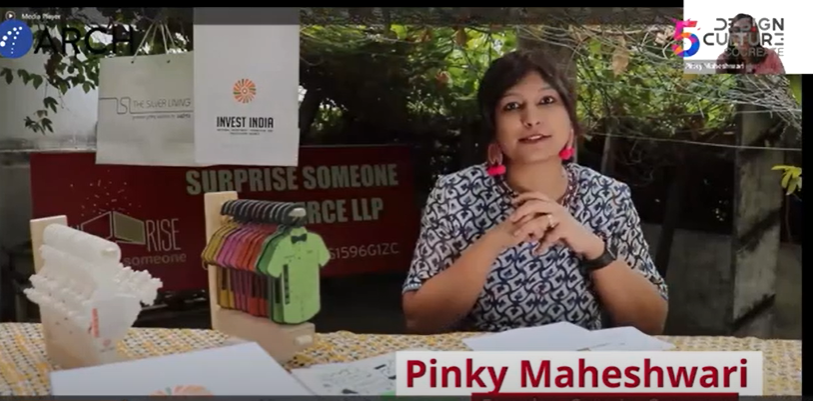
The session concluded with a clear message: design must be holistic, responsible, and deeply human. Pinky Maheshwari’s journey illustrates how purpose-driven design can regenerate the planet, uplift communities, and ignite behavioral change. Each session in the Design Culture Learning Series brings together pioneers and practitioners who are redefining what it means to be a designer today. These conversations offer valuable insights, real-world case studies, and fresh perspectives that go far beyond the classroom.
If you’re passionate about design that matters and want to be part of a learning environment that nurtures creativity with conscience, join ARCH —where design is not just taught, but lived.
